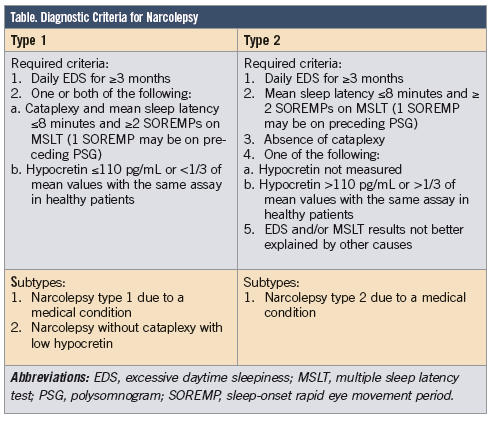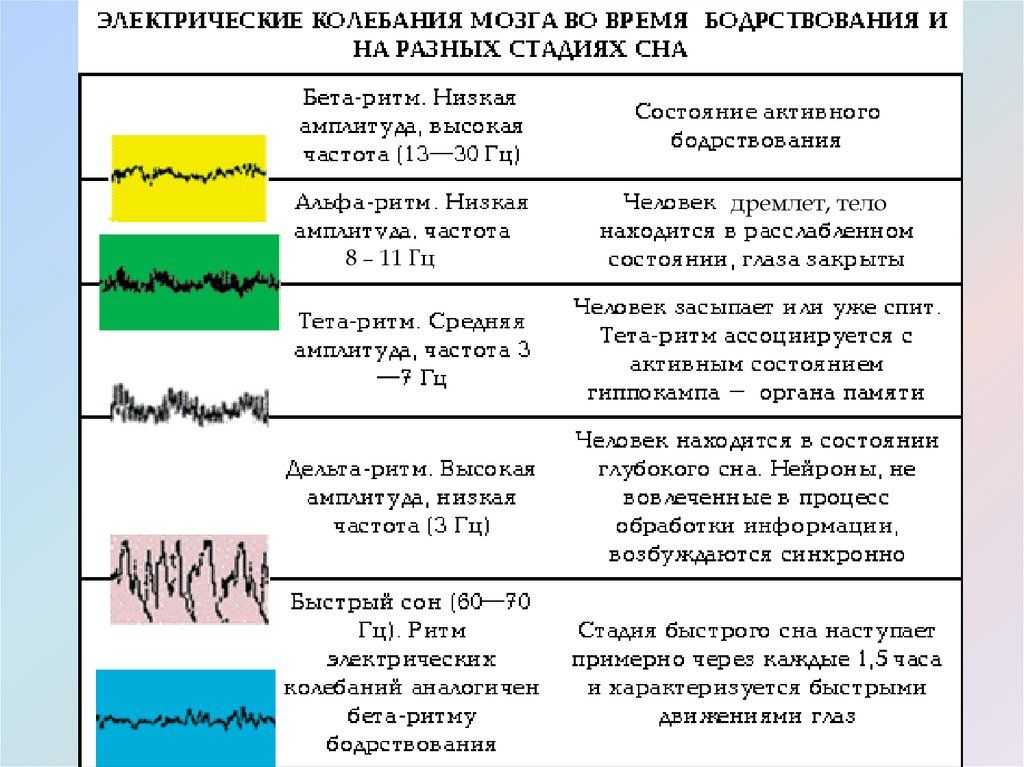Na step 5
About Step 5 of the 12 Step Program
- Home
- 12 Steps
- Step 5
This is perhaps difficult, especially discussing our defects with another person. We think we have done well enough in admitting these things to ourselves. There is doubt about that. In actual practice, we usually find a solitary self-appraisal insufficient. Many of us thought it necessary to go much further. We will be more reconciled to discussing ourselves with another person when we see good reasons why we should do so. The best reason first: If we skip this vital step, we may not overcome drinking.
A.A. Big Book, p. 72-73Time after time newcomers have tried to keep to themselves certain facts about their lives. Trying to avoid this humbling experience, they have turned to easier methods. Almost invariably they got drunk. Having persevered with the rest of the program, they wondered why they fell. We think the reason is that they never completed their housecleaning. They took inventory all right, but hung on to some of the worst items in stock. They only thought they had lost their egoism and fear; they only thought they had humbled themselves. But they had not learned enough of humility, fearlessness and honesty, in the sense we find it necessary, until they told someone else all their life story.

Comments from Websites and Publications
Having taken my personal inventory in step 4, I am now ready to share that inventory. I share it with my God, with myself and with another human being. This allows my history to become more real with me. It begins to become in my mind what it truly is, namely "my history". By sharing it with another person, I begin to pull down the fake truths of my life - the facades and the games - and I begin to be who I truly am and build my life with others on the basis of honesty and truth.
From 12Step.org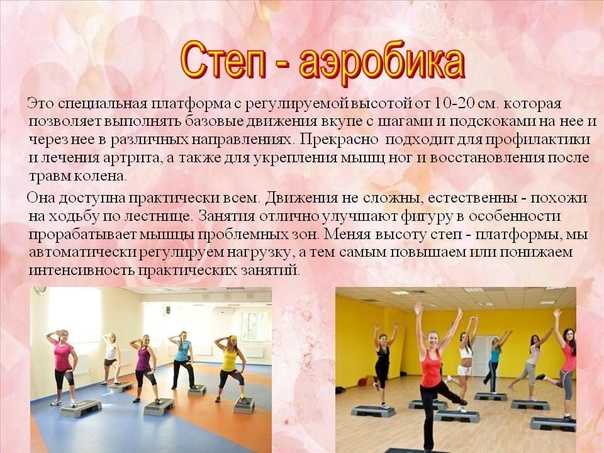
All of A.A.'s Twelve Steps ask us to go contrary to our natural desires ... they all deflate our egos. When it comes to ego deflation, few Steps are harder to take than Five. But scarcely any Step is more necessary to longtime sobriety and peace of mind than this one.
Twelve Steps and Twelve Traditions, p.55
Some people seek an easier and softer way by doing a "general confession" to God alone. They are not about to name specifically the humiliating, "awful" things they have done out loud before another human being. But this act of specifically confessing things is what often leads to serenity. The more afraid you are to tell about a certain act or thought in your Fifth Step, the more likely it is that confessing that particular thing will put a new crack in your denial and free you in a new area.
A Hunger for Healing, p. 91-92There doesn't seem to be an easier, softer way, and people who seek one apparently don't understand the tenacious and tricky nature of this spiritual disease we are facing. Step Five is to help us see, to grasp, to understand specifically how the disease has permeated our lives in ways we usually cannot see any other way.
The Fifth Step is the key to freedom. It allows us to live clean in the here and now. Sharing the exact nature of our wrongs sets us free to live.
After taking a thorough Fourth Step, we have to deal with what we have found in our inventory. We are told that if we keep these defects inside us, they will lead us back to using. Holding on to our past would eventually sicken us and keep us from taking part in this new way of life. If we are not honest when we take a Fifth Step, we will have the same negative results that dishonesty brought us in the past. ...
Our Higher Power will be with us when we do this, and will help to free us from the fear of facing ourselves and another human being.
Narcotics Anonymous Basic Text, Chapter 4/Step 5It seemed unnecessary to some of us to admit the exact nature of our wrongs to our Higher Power. "God already knows that stuff", we rationalized. Although He already knows, the admission must come from our own lips to be truly effective. Step Five is not simply a reading of Step Four.
This may be one of the most challenging steps we face in our recovery process, but it can also be one of the most fulfilling in terms of removing us from our isolation.
In order to accomplish Step 5, the three-part sharing it endorses must take place. That is, all of what we discovered about ourselves in our Step 4 inventory is to be freely admitted to God, to ourselves, and to another human being. ...
Because these areas are so sensitive and so very personal, it is important to exercise care in choosing the person or persons with whom we formally share our fifth step. Such individuals should be trustworthy and somewhat detached from the situations about which we will share.
Serenity, A Companion for Twelve Step Recovery, p. 45, 46For example, one would not usually call on a spouse or immediate family member to hear this confession. In fact, it is quite common to choose a therapist or pastoral counselor for this purpose. Also, such individuals should be compassionate, not condemning.
Two things we need to begin working Step Five are courage and a sense of trust in the process of recovery. If we have both these things, we'll be able to work through more specific fears and go through with the admissions we need to make in this step.
...
As addicts, one of the biggest problems we have is telling the difference between our responsibility and the responsibilities of others. We blame ourselves for catastrophes over which we have no control. Conversely, we're often in complete denial about how we have hurt ourselves and others. We overdramatize minor troubles, and we shrug off major problems we really should be taking a look at. If we're not sure what the exact nature of our wrongs is when we begin our Fifth Step, we'll know by the time we finish - because of making our admissions to another human being. What we can't see, our listener can, and he or she will help us sort out what we need to accept as our responsibility and what we don't.
Narcotics Anonymous Step Working Guides, p. 45, 47
Repeatedly, the new AA member is reminded to choose a person he or she trusts and feels comfortable with to work the 5th Step. This would appear to be obvious and yet at times people will choose someone who appears knowledgeable and experienced in the program at the expense of personal trust and comfort. Some sober thought should go into the choice of a person with whom to share this material. ...
Many people will choose a member of the clergy to work the 5th Step with.
There are several reasons why this may be beneficial. First is the familiarity that many clients have with the traditional role of clergy in hearing confession or other types of personal disclosure. However, another reason why a clergyperson may be indicated is when there are disclosures of a criminal nature. There are real limits to the confidentiality that a therapist can promise to a client, whereas the confidentiality of a clergy member is more durable and more legally impenetrable than that of a therapist or a sponsor in AA. While this may not be an everyday concern, the increased confidentiality offered by the clergy may be a comfort even when there are no legal issues at stake.

For the person who may be reluctant to burden another with this task, it is helpful to point out that there is a benefit to listeners as well. First, they get to reexperience the process and are free to share some relevant experiences of their own. Second, it is part of the basic premise of the program that helping others is central to the recovery process. While a person shares a 5th Step with someone, listeners are working on their own 12th Step.
A Clinician's Guide to 12 Step Recovery, p. 47-48
3 Ways Step 5 NA Begins Your Real-Life Walk in Recovery
Step 5 – “Admitted to our Higher Power, to ourselves, and to another human being the exact nature of our wrongs.
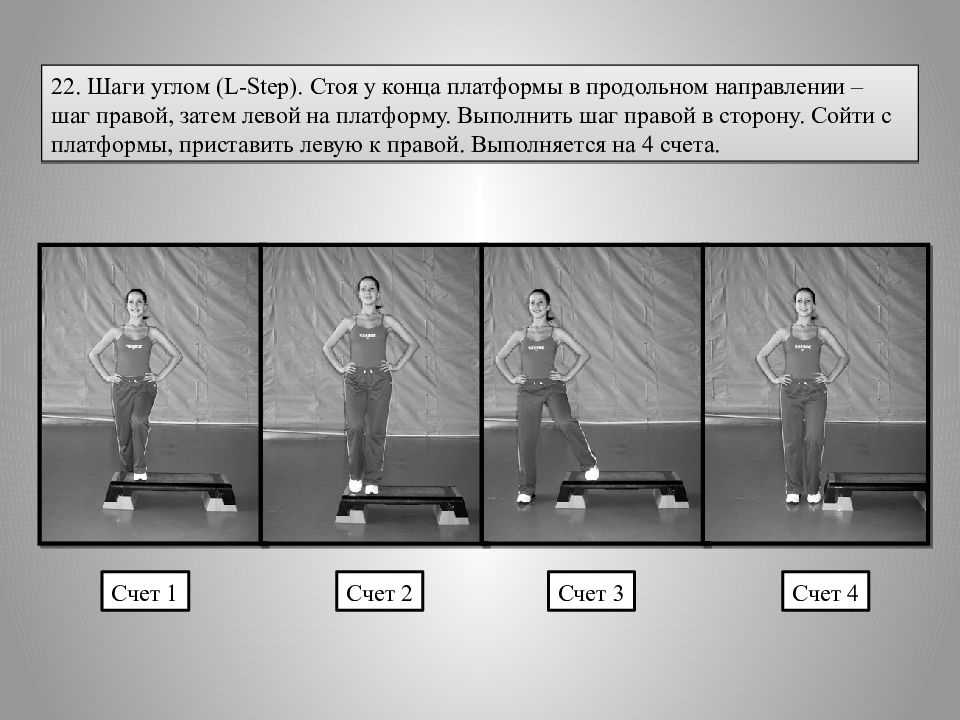 ”
” Change happens from the inside-out. This means any type of behavior starts out as a thought that’s processed to the point where it’s played out in a person’s daily life.
As far as 12 Step recovery goes, the internal processing carried out in the 4th Step inventory comes to life in Step 5 NA. Admitting past wrongs and mistakes to another person moves your recovery from personal experience to real life.
In effect, Step 5 NA marks the beginning of drug-free living in the real world.
If you’re having a hard time staying drug-free, please feel free to call our toll-free helpline at 888-905-9004 (Who Answers?) to ask about available 12 Step program treatment options.
Taking Action
Admitting your wrongs can help you overcome feelings of guilt and shame.
The addiction lifestyle naturally breeds emotional turmoil and isolation, leaving the addict to deal with his or her demons alone. In the absence of healthy social interactions, destructive, addiction-based thinking and behavior is left to have free rein, according to the Substance Abuse & Mental Health Services Administration.
For these reasons, healthy social interactions make up a big part of the 12 Step recovery process. From Steps 1 to 4, a person gains new perspectives on self, addiction and the role his or her past behaviors played in fueling drug-using behaviors.
With Step 5 NA comes the time to walk out the previous steps and begin the process of building a drug-free existence.
3 Ways Step 5 NA Marks a New Beginning
1. Working Through Feelings of Guilt and Shame
No doubt, the ugliness uncovered by a 4th Step inventory can be painful, and even horrifying to see. The good news is this revelation marks the source of much of the guilt and shame a person carries around from day-to-day.
Sharing these experiences with another person has a tremendously healing effect, while at the same time breaking the hold that shame and guilt have over your life experience.
3 Action Steps That Make Step 5 NA Worthwhile
2.
 Standing in Your Truth
Standing in Your Truth According to the Yale Journal of Biology and Medicine, secrets and shame tend to take on a life of their own when kept in the dark. Once a person shares the wrongs and misdeeds of his or her past life, he or she no longer has anything to hide.
In completing Step 5 NA, a person can finally stand in his or her truth, accepting what’s happened for what it is and moving forward in a direction of his or her choosing.
3. Feedback
Within the context of a healthy relationship, feedback from another can provide a form of insight that can’t be obtained any other way. Step 5 NA offers you with the type of hands-on experience needed to understand why healthy relationships and social interaction are so important to your recovery.
Sharing your past experience with another person not only has a healing effect, but also helps you maintain a balanced perspective regarding your past experiences. In this respect, feedback helps you see your strengths and weakness for what they are as opposed to over exaggerating or minimizing your role in past events.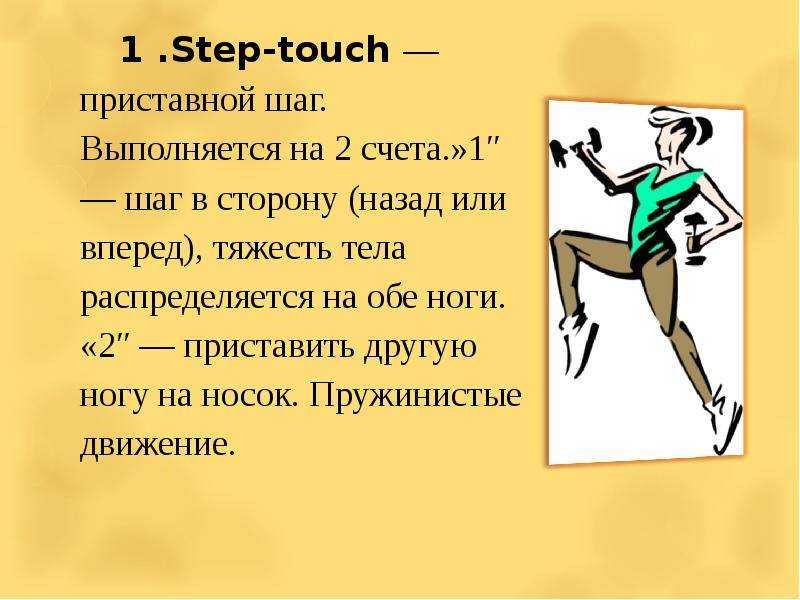
Call our helpline at 888-905-9004 (Who Answers?) to ask about 12 Step program treatment options.
How to determine the thread pitch without a thread gauge?
So, you have a bolt or nut with unknown thread parameters, and apart from a ruler, there is no measuring tool at hand. We will warn you right away that only a rough result can be obtained with a ruler, so if you are going to regularly take such measurements, it is better to purchase a thread gauge or caliper.
Thread pitch - distance between turns
Threads are made according to approved standards, which made it possible to unify all threaded connections. The pitch of a metric thread is the distance between adjacent vertices or troughs of a threaded profile. It is this distance that we have to measure.
Bolt Pitch Definitions:
Place a ruler on the threaded part of the bolt. If its millimeter divisions coincide with the tops of the threads, then you no doubt have a 1 mm pitch. If not, then count the number of turns n on a certain segment of length L. Do not take the first thread into account, since it is counted from it, and it is zero.
If not, then count the number of turns n on a certain segment of length L. Do not take the first thread into account, since it is counted from it, and it is zero.
| Number of turns per 2 cm | Thread pitch, mm |
| 9 | 2.5 |
| eleven | 2.0 |
| 12 | 1.75 |
| 14 | 1.5 |
| 17 | 1.25 |
| 21 | 1.0 |
| 26 | 0.8 |
| 29 | 0.7 |
Divide the length of the taken segment in millimeters by the number of turns and get the pitch P.
For example:
P= L/(n-1) = 20 mm / (17-1) turns = 1.25 mm
It is important to take into account that the larger the threaded section you take for measurements, the smaller the error will be. A more accurate result can be obtained using a caliper by aligning the extreme tops of the threads with the tip of the jaws of the tool.
A more accurate result can be obtained using a caliper by aligning the extreme tops of the threads with the tip of the jaws of the tool.
The thread pitch is closely related to the bolt diameter. Data on the correspondence of these two parameters are summarized in the table. We measure the outer diameter of the bolt, in our example we get 10 mm. From the table we see that the M10 bolt can have a thread pitch: 1.5 (main) , 1.25 (fine) , 1.0 (fine) or 0.75 (extra fine) . The calculated number must exactly (or almost exactly) match the reference value. In our case, the metric thread of the second row with a fine pitch of 1.25 mm. Bolt symbol: M10x1.25.
Nut Thread Pitch Definition:
To measure the pitch of an internal thread, the best way is to find a counter bolt that will freely screw into the threaded hole, and then calculate from it. If there are no suitable screws, then you can use the old proven old-fashioned method. To do this, you need a piece of paper and a ruler.
Tear off a small strip of paper and place it in the nut. Press the paper against the thread with your finger so that the imprint of the threaded surface remains on it. For better visibility, you can draw along the edges of the turns with fuel oil or a marker. Attaching a ruler to the print, measure the distance L between the extreme risks and count the number of risks n in this area minus the first (zero). Perform calculations using the formula P = L / (n-1).
For example, the impression gave 6 clear marks on a segment of 10 mm.
P = L/(n-1) = 10 mm / (6-1) turns = 2 mm
Instead of paper, you can get an impression on the edge of a match or pencil. Knowing the inner diameter of the nut (in our case, 14 mm) and the calculated pitch, we compare the data obtained with the table. We find in the threaded row the value M14 and the desired pitch of 2.0 mm (main). Nut designation: M14x2. 0.
In addition to metric bolted connections, inch fasteners are widely used in the modern technical world. Read the next article on how to determine the pitch of an inch bolt.
Screen thread gauge for Android
Even an ordinary smartphone can replace a thread gauge in everyday life. To do this, you need to download the Android application "Thread Pitch Meter. Thread gauge" from the developers of the Smart Tools toolkit. Just put a screw on the screen, look for the exact match of the turns and find out the pitch. Various types of threads are available in the mobile application: metric, inch and pipe standards.
Screen Thread Gauge for Android
Helpful Hints Updated: 14.07.2022 15:36:14
Maxim
Specialist in the field of fasteners and rigging products. More than 10 years of work in the field of construction, repair and equipment.
— "We try to convey to you only relevant and reliable information, we will be glad to hear your feedback regarding this article"
The author of the article
Maxim
Specialist in the field of fasteners and rigging products. More than 10 years of work in the field of construction, repair and equipment.
— "We try to convey to you only relevant and reliable information, we will be glad to hear your feedback regarding this article"
The author of the article
Rate
Submitted successfully, Thank you for rating!
Click to rate
Pitch for main and fine threads
Use the table to select hardware without a thread gauge.
| Thread | Thread pitch Р, mm | |||
|---|---|---|---|---|
| Main thread M | Fine thread M | |||
| fine | fine 2 | extra fine | ||
| M1 | 0.25 | (0.2) | - | - |
| M1. | 0.25 | (0.2) | - | - |
| M1.4 | 0.3 | (0.2) | - | - |
| M1.6 | 0.35 | (0.2) | - | - |
| M1.8 | 0.35 | (0.2) | - | - |
| M2 | 0.4 | (0.25) | - | - |
| M2. | 0.45 | (0.25) | - | - |
| M2.5 | 0.45 | (0.35) | - | - |
| M3 | 0.5 | (0.35) | - | - |
| M3.5 | 0.6 | (0.35) | - | - |
| M4 | 0.7 | 0.5 | - | - |
| M5 | 0. | 0.5 | - | - |
| M6 | 1.0 | 0.75 | 0.5 | - |
| M8 | 1.25 | 1.0 | 0.75 | 0.5 |
| M10 | 1.5 | 1.25 | 1.0 | 0.75 |
| M12 | 1.75 | 1.5 | 1.25 | 1.0 |
| M14 | 2. | 1.5 | 1.25 | 1.0 |
| M16 | 2.0 | 1.5 | - | 1.0 |
| M18 | 2.5 | 2.0 | 1.5 | 1.0 |
| M20 | 2.5 | 2.0 | 1.5 | 1.0 |
| M22 | 2.5 | 2.0 | 1.5 | 1.0 |
| M24 | 3. | 2.0 | 1.5 | 1.0 |
| M27 | 3.0 | 2.0 | 1.5 | (1.0) |
| M30 | 3.5 | 2.0 | 1.5 | (1.0) |
| M33 | 3.5 | 2.0 | 1.5 | - |
| M36 | 4.0 | 3.0 | 2.0 | 1.5 |
| M39 | 4. | 3.0 | 2.0 | 1.5 |
| M42 | 4.5 | (4.0) 3.0 | 2.0 | 1.5 |
| M45 | 4.5 | (4.0) 3.0 | 2.0 | 1.5 |
| M48 | 5.0 | (4.0) 3.0 | 2.0 | 1.5 |
| M52 | 5.0 | (4.0) 3.0 | 2.0 | 1.5 |
| M56 | 5. | 4.0 | 3.0 (2.0) | 1.5 |
| M60 | 5.5 | 4.0 | 3.0 (2.0) | 1.5 |
| M64 | 6.0 | 4.0 | 3.0 | 2.0 (1.5) |
| M68 | 6.0 | 4.0 | 3.0 | 2.0 (1.5) |
Metric - the main type of fastening thread, which differs in nominal diameter and pitch.
The name "metric" indicates that it is measured in millimeters. Indicated by the letter "M" next to the diameter.
